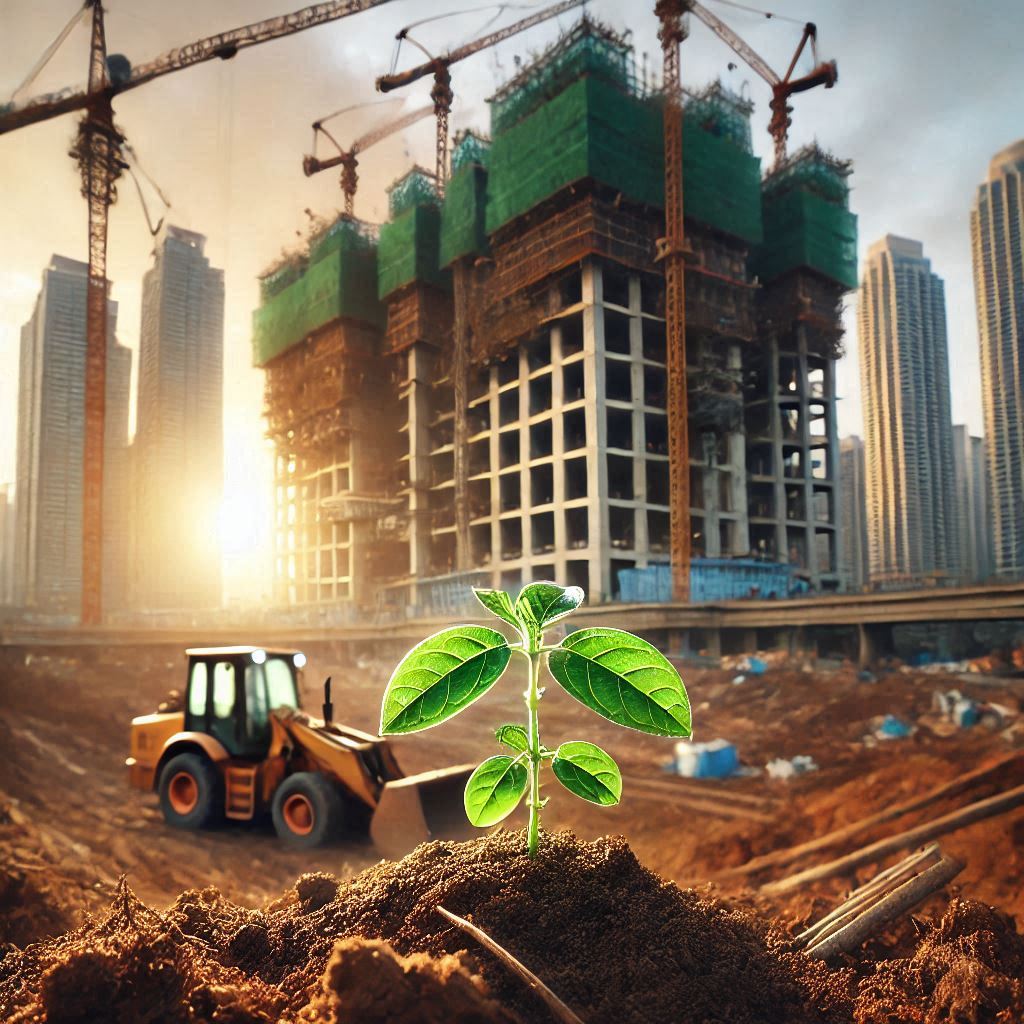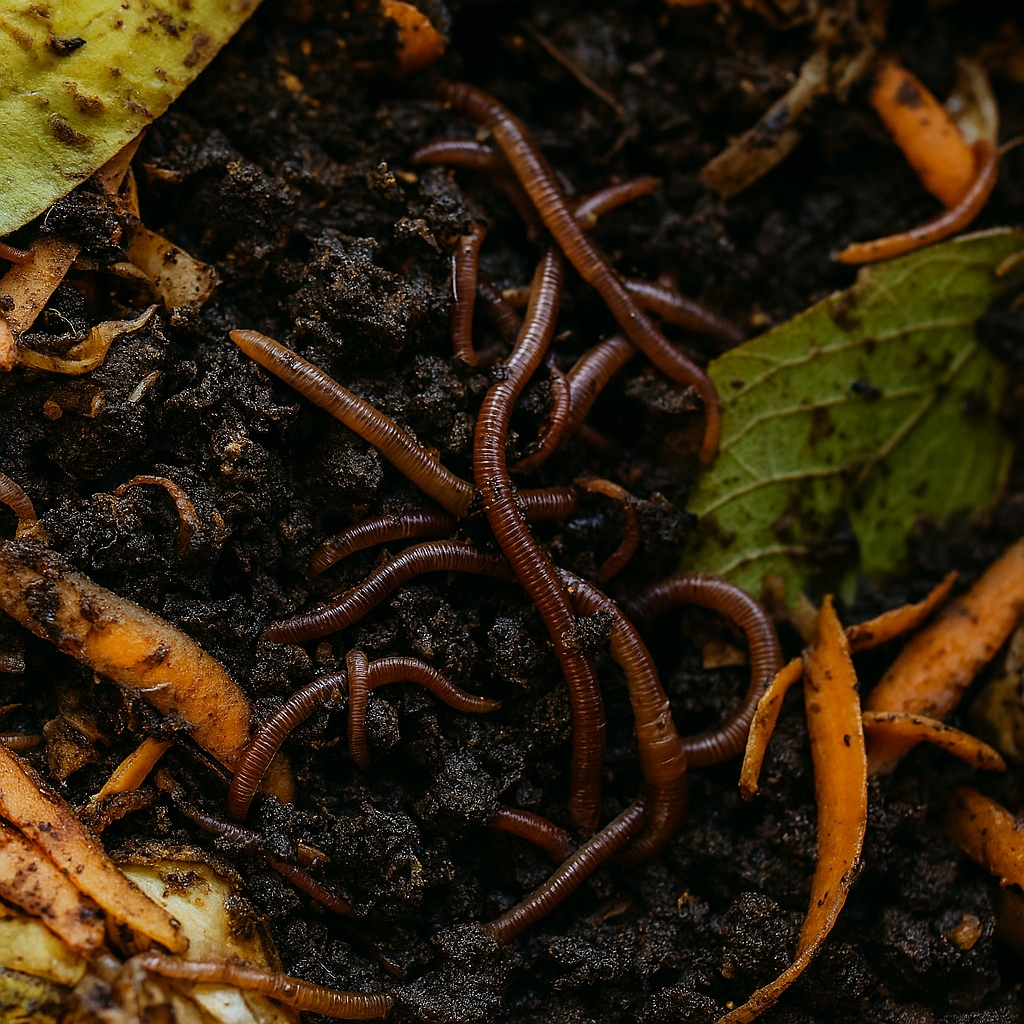The Waste Production Bin Issue
Bigger Bins
Over the past two decades, Australian households have experienced a noticeable change in waste management. Our bins have not only grown in size, but we’ve also added more of them—typically, we now have three bins per household. This shift might seem counterintuitive given our increased environmental awareness, but various factors contribute to this phenomenon.
Increase in Waste Production
Consumerism and Packaging
Despite our best efforts to reduce waste, consumerism has soared. With the rise of e-commerce and convenience shopping, packaging waste has escalated. Goods often come wrapped in layers of plastic and cardboard, leading to an increase in household waste. As a result, larger bins have become a necessity to manage the overflow.
Population Growth and Urbanization
Australia’s population has grown significantly, particularly in urban areas. This increase in population density means more waste is produced per household. Larger bins are required to accommodate the higher volume of waste generated by a growing number of residents.

Environmental Initiatives and Recycling
Introduction of Recycling Bins
With the push for more sustainable practices, many Australian councils introduced separate recycling bins. These bins are meant to reduce the amount of waste sent to landfill by encouraging households to segregate recyclables like paper, glass, and plastic. The addition of a dedicated recycling bin is a direct result of our environmental consciousness.
Organic Waste Management
To further minimize landfill waste, many households now have a third bin specifically for organic waste, such as food scraps and garden clippings. This green bin allows organic matter to be composted rather than ending up in landfills. It’s a positive step toward sustainability, but it does mean adding another bin to our waste collection system.
Education and Awareness
Government and Community Programs
Government and community initiatives have played a significant role in educating Australians about waste management. These programs often encourage the proper use of multiple bins and emphasize the importance of recycling and composting. Increased awareness has led to better waste segregation practices, necessitating more bins.
Technological Advancements in Waste Processing
Advancements in waste processing technology have enabled more efficient recycling and composting. Modern waste management facilities can handle a greater variety of materials, but this requires households to sort waste more meticulously. Hence, the need for different bins for different types of waste has grown.
Are We Throwing Out More?
Waste Generation Trends
Despite our best efforts to reduce waste, overall waste generation has increased over the years. This is due to a combination of factors, including higher consumption rates, increased packaging, and a throwaway culture. While recycling and composting help mitigate the impact, the sheer volume of waste produced necessitates larger and more bins.

Environmental Regulations and Policies
Stricter Waste Management Policies
Governments have implemented stricter waste management policies to encourage better waste segregation and recycling practices. These policies often mandate the use of separate bins for different types of waste, leading to an increase in the number of bins per household.
Extended Producer Responsibility
Extended Producer Responsibility (EPR) policies require manufacturers to take responsibility for the disposal of their products. This has led to an increase in the number of products that need to be sorted and recycled, thereby necessitating larger and additional bins.
Societal Attitudes and Behavior
Changing Attitudes Toward Waste
Societal attitudes toward waste have shifted significantly over the past two decades. People are more aware of the environmental impact of their waste and are more willing to sort and segregate their waste properly. This change in behavior has led to the adoption of multiple bins.
Community Initiatives and Programs
Community-led initiatives and programs have encouraged households to adopt better waste management practices. These programs often provide education and resources to help households sort their waste more effectively, leading to the need for more bins.

Economic Factors
Cost of Waste Disposal
The cost of waste disposal has increased over the years, prompting households to adopt better waste management practices to reduce their waste disposal costs. By sorting their waste into different bins, households can reduce the amount of waste that goes to landfill and, consequently, their disposal costs.
Incentives for Recycling and Composting
Many local councils offer incentives for recycling and composting, such as reduced waste disposal fees or free compost bins. These incentives encourage households to adopt better waste management practices, leading to the need for more bins.
Impact of Global Events
COVID-19 Pandemic
The COVID-19 pandemic from the start has had a significant impact on waste generation. With more people staying at home, there has been an increase in household waste. Additionally, the use of disposable items such as masks, gloves, and packaging materials has contributed to the rise in waste, necessitating larger bins.
Natural Disasters
Natural disasters, such as bushfires and floods, have also impacted waste generation. These events often lead to an increase in waste due to the disposal of damaged goods and debris. In such times, larger bins and additional bins are essential for managing the sudden surge in waste.
Innovations in Waste Management
Smart Bins and Waste Tracking
Technological innovations, such as smart bins and waste tracking systems, have improved waste management efficiency. Smart bins can monitor waste levels and optimize collection schedules, reducing the frequency of overflows. These innovations require households to adopt new waste management practices, which may include the use of larger bins.
Waste-to-Energy Technologies
Waste-to-energy technologies have emerged as a viable solution for reducing landfill waste. By converting waste into energy, these technologies help reduce the volume of waste that needs to be disposed of. However, they also require households to sort waste more effectively, leading to the use of multiple bins.

Cultural and Lifestyle Changes
Increase in Home Deliveries
The rise of home delivery services has contributed to the increase in packaging waste. With more people ordering groceries, meals, and other goods online, the amount of packaging waste has surged. Larger bins are necessary to manage the additional waste generated by home deliveries.
Shift Toward Minimalism
While there is a growing trend toward minimalism and reducing waste, the transition takes time. Many households are still in the process of adopting minimalist practices, and in the meantime, larger bins are needed to manage the waste generated by traditional consumption patterns.
Conclusion
While the increase in the number and size of bins at Australian households might seem counterproductive to environmental goals, it is, in fact, a reflection of our evolving waste management practices. Larger bins and additional bins for recycling and organic waste highlight our efforts to manage waste more responsibly. As we continue to strive for a sustainable future, adapting our waste management systems is a necessary step in the right direction.
Join the Discussion
Have you noticed changes in your household’s waste management practices over the past 20 years? Do you have any tips or insights on how to reduce waste and manage recycling more effectively?














sprunkipyramix
Your insights are like quantum entanglement! Speaking of connections, try Sprunki Game.